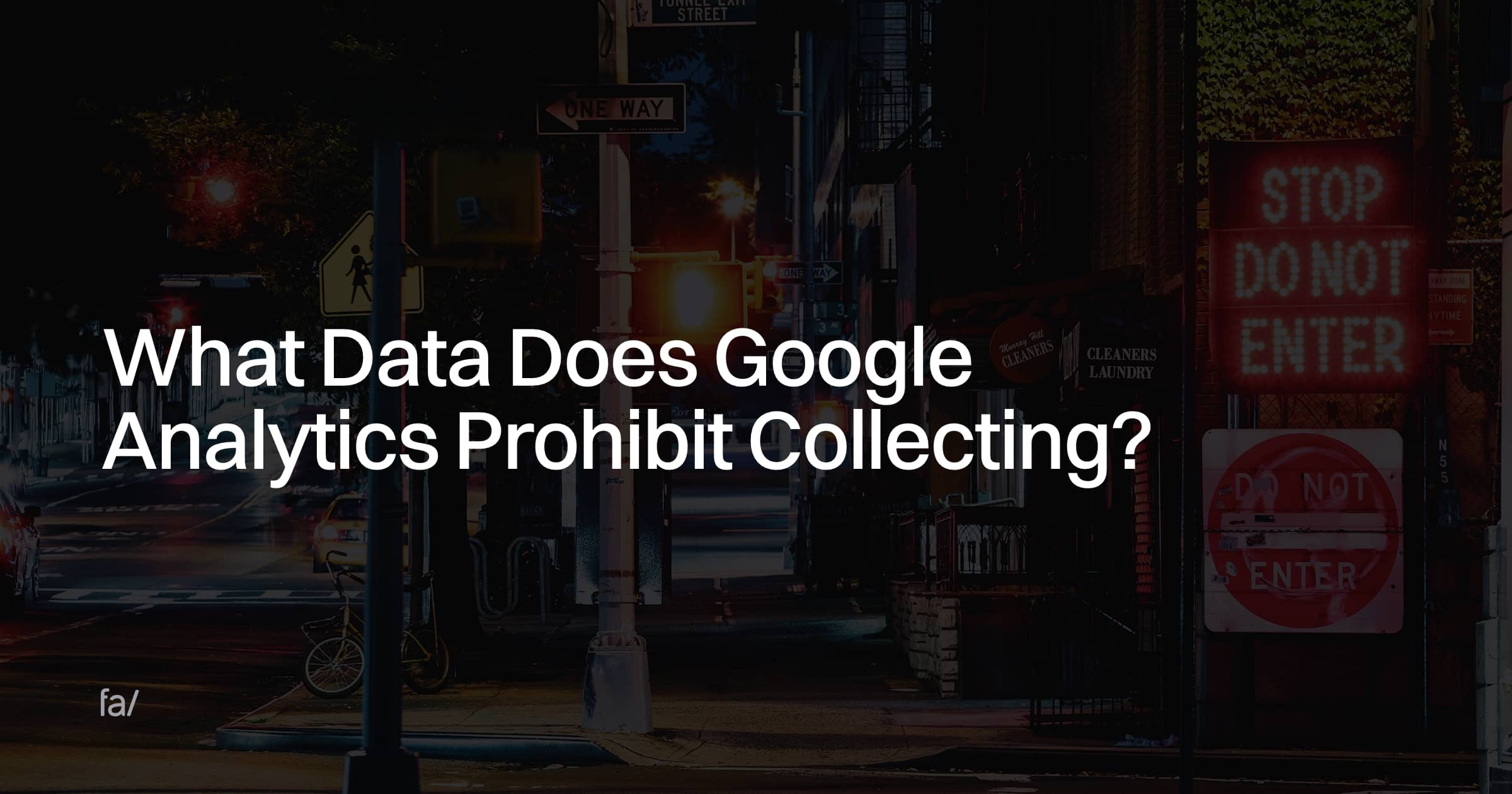Browsing the Intricacies of Data Collection Limitations in Google Analytics: What You Need to Know
Underneath its relatively straightforward user interface lie complexities that can impact the accuracy and integrity of the information it gives. Recognizing the ins and outs of data collection limitations in Google Analytics is critical for making educated decisions based on the insights obtained from the platform.
Data Inconsistencies in Google Analytics
Occasionally, information inconsistencies may arise in Google Analytics, requiring a complete understanding of the platform's intricacies to effectively deal with and remedy these disparities. These discrepancies can come from various resources, such as application issues, information tasting, filters, and even crawler traffic. One usual factor for data variances is inconsistencies between data gathered through JavaScript monitoring code and information imported from other resources like Google Advertisements or Search Console.
To resolve these discrepancies, it is important to very first carry out a detailed audit of your tracking setup. Validate that the tracking code is appropriately carried out on all web pages, look for any type of filters that could be changing the information, and make certain that there are no redirects or various other technical problems hindering information collection. In addition, familiarize on your own with usual risks, such as cross-domain monitoring errors or misconfigured goals.
Tracking Challenges and Solutions
Offered the complexities of data discrepancies that can develop in Google Analytics, dealing with tracking difficulties and implementing efficient remedies comes to be extremely important for guaranteeing trusted and precise data analysis. One common tracking obstacle is properly tracking cross-device and cross-platform user interactions. Users today engage with sites and apps throughout numerous gadgets and platforms, making it challenging to connect activities to a solitary individual accurately. To overcome this, applying customer ID tracking can help attach communications throughout various devices under one individual identifier, offering an extra holistic sight of user behavior.
Another tracking challenge stems from ad blockers and personal privacy guidelines, which can hinder the collection of precise data (What Data Does Google Analytics Prohibit Collecting?). Solutions to this consist of carrying out server-side monitoring, which bypasses client-side constraints, and valuing customer personal privacy choices by supplying clear opt-in systems for data collection

Understanding Experiencing in Records
Tasting in records gives an approach for analyzing huge datasets successfully while preserving analytical relevance. In Google Analytics, sampling happens when the volume of information queried exceeds a certain limit, resulting in the system evaluating just a section of the data to offer insights. While sampling can quicken record generation and reduce handling needs, it is vital to understand its effects on next page the precision and dependability of the results.
When handling tested data, it's necessary to take into consideration the prospective margin of mistake that might arise because of assessing only a part of the complete dataset. The accuracy of the insights derived from tasted records might differ, and individuals ought to interpret the findings with care, specifically when making data-driven decisions based on these records.
To navigate tasting in Google Analytics properly, users can discover alternatives such as readjusting the sampling level, using personalized report setups, or leveraging Google Analytics 360 for higher data restrictions and even more precise reporting capacities. By understanding the nuances of tasting in records, users can make informed choices and draw trustworthy conclusions from their information evaluation efforts.
Influence of Cookie Deletion on Information

Furthermore, cookie removal can skew group and interest data, as Google Analytics depends on cookies to classify users based on their surfing patterns. Without this info, marketers may struggle to create targeted projects that reverberate with their audience. To minimize the effect of cookie deletion, organizations can encourage individuals to opt-in for data monitoring, utilize other monitoring approaches like customer IDs, and regularly keep an eye on data discrepancies to ensure information stability in Google Analytics.
Enhancing Information Precision With Filters
To enhance the accuracy and integrity of data in Google Analytics, applying filters is an essential technique for enhancing data precision. Filters allow users to sift with and improve the data accumulated, making sure that exact and just pertinent details is consisted of in the evaluation.
Filters not only assist in omitting unwanted data however additionally allow for the modification of sights to focus on certain sections or patterns of page individual communications. In conclusion, making use of filters in Google Analytics is vital for boosting data precision and making sure that notified decisions are made based on trustworthy information.
Final Thought
Finally, browsing the intricacies of information collection limitations in Google Analytics calls for a deep understanding of information inconsistencies, tracking obstacles, sampling in reports, the effect of cookie deletion, and making use of filters to boost information accuracy. By dealing with these obstacles and using proper solutions, companies can ensure the dependability and precision of their information analysis for notified decision-making.
One usual factor for data inconsistencies is discrepancies in between data gathered via JavaScript tracking code and information imported from other resources like Google Ads or Look Console. What Data Does Google Analytics Prohibit Collecting?.
Given the complexities of information inconsistencies that can occur in Google Analytics, dealing with monitoring challenges and implementing reliable services ends up being vital for guaranteeing dependable and exact information evaluation. In Google Analytics, sampling happens when the volume of data quized surpasses a certain limit, leading to the system examining just a portion of the data to give understandings. To alleviate the influence of cookie deletion, companies can urge users to opt-in for information monitoring, use other tracking techniques like individual IDs, and regularly keep an eye on data discrepancies to ensure information stability in Google Analytics.
